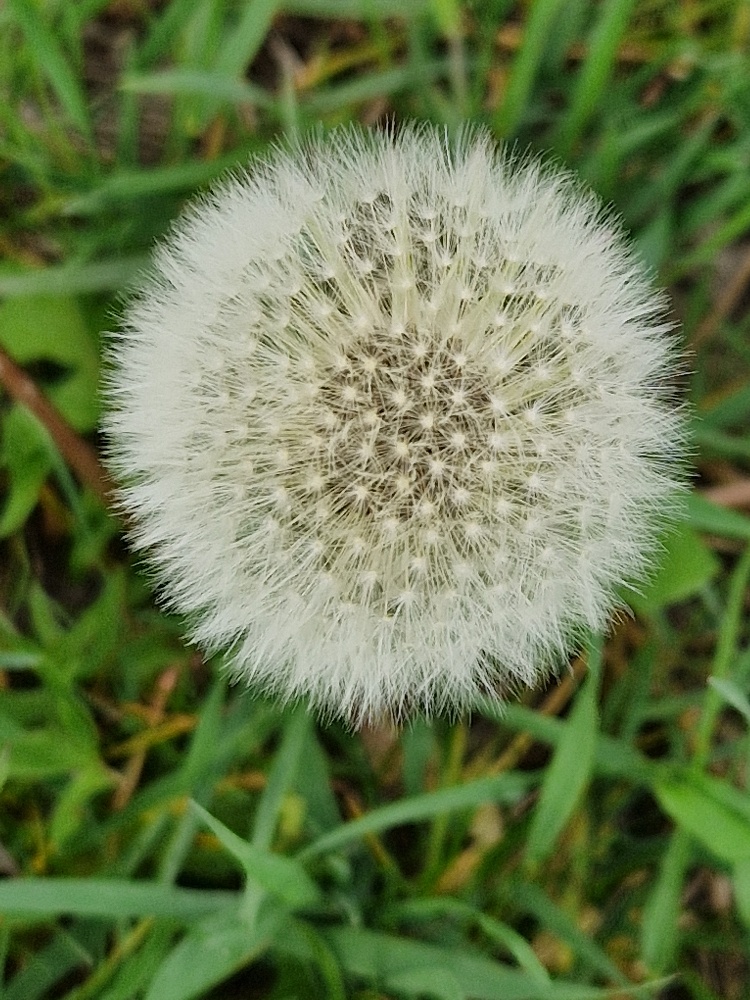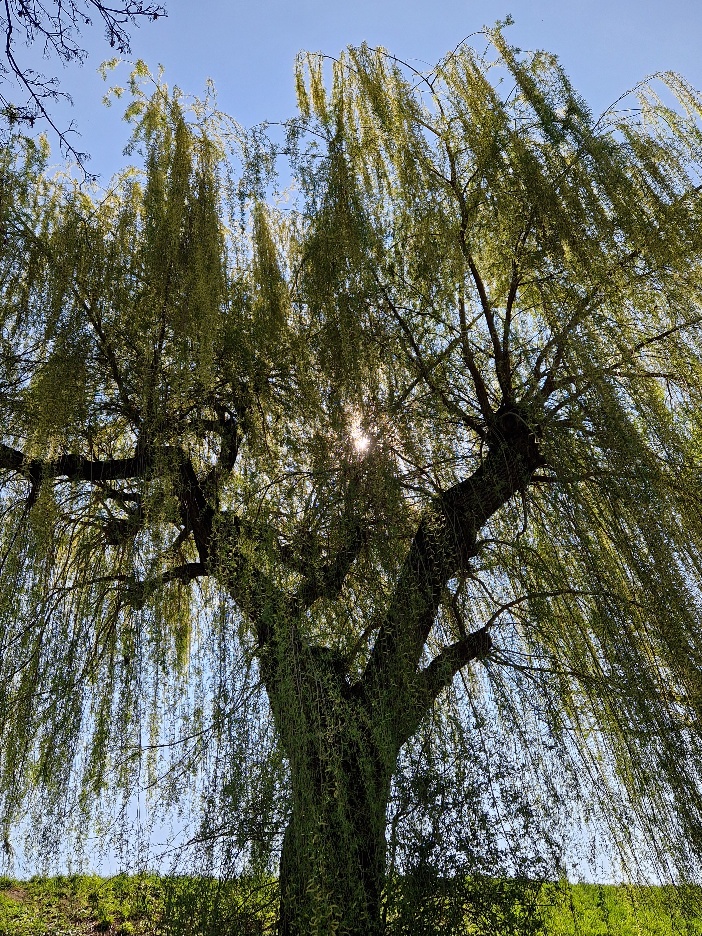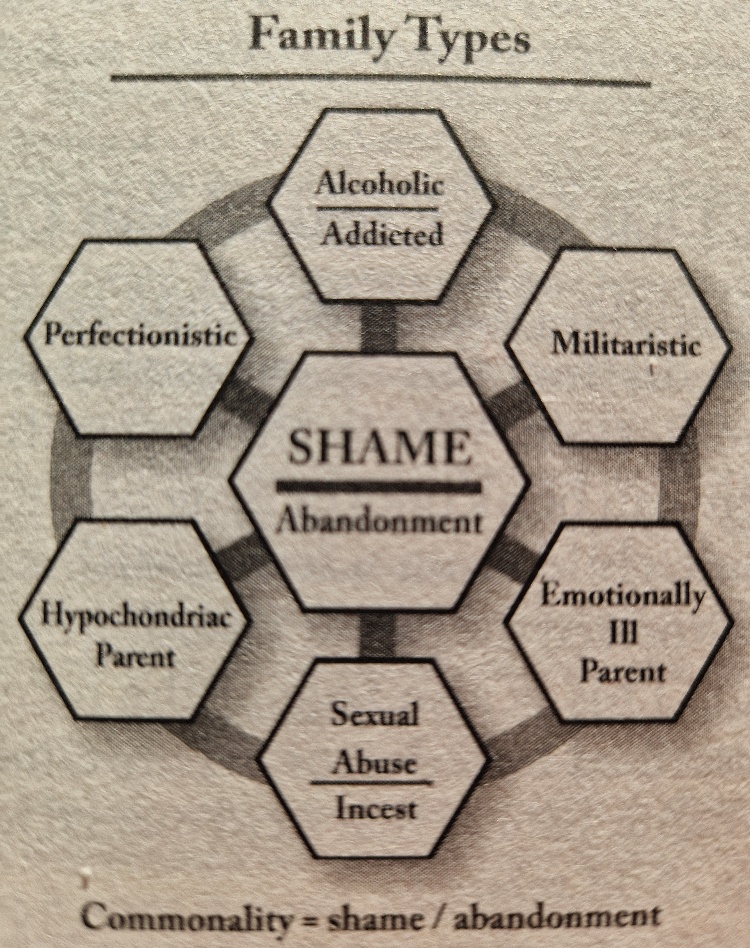Intention

When I am out of sorts, – restless, irritable, and discontented – it invariably turns out that, for reasons often beyond my grasp, I have fallen off the beam of conscious awareness and end up suffering from the illusion of disconnection from Source. The result is a combination of feelings: anxiety, overwhelmed, disconsolate, and forlorn…
Guilty!

He has stopped running now, got exhausted, ran out of steam, and arrived at a turning point where a decision had to be made. Was it going to be a continuation of the No to life, or an embracing of the Yes. He chose the latter. Turning around to face what he had been avoiding all along, he recognised the wound, the original sin inculcated in his childhood self and later self-perpetuated when he became his own prison guard on death row. The accusation of having been guilty of causing another’s unhappy demise…
Safe At Last

In what could be described as the echo chamber phenomenon, this fear of apparent danger is activated when no such fears are pertinent to the current situation. Today’s situation provides the activation for fears which no longer apply. They have their origin in days long past. These phantoms, these fears from the past will have a hold over us until we address and resolve them. Until that happens we suffer from neurosis. `Neurotic means repetition of archaic ways of protecting ourselves from what no longer truly threatens us´, writes David Richo in his masterful `When Love Meets Fear´.
Astronomical

Finding a free bench in the park outside the village, I settled in for a longer period just before the eclipse reached its climax at ten minutes past noon. Now, totally relaxed and in awe of what was happening, my heart began to fill with gratitude. What a privilege to be able to experience something so superb! As I watched in awe, two contrasting ideas came to mind. The first concerned vastness and infinity. What an amazing notion, to consider that our solar system is at the edge of a galaxy which is only one of between 100 billion and 2 trillion galaxies in the observable universe…
Religious Abuse

Over time, as we heal, we will grow in compassion. This is extended to our biological parents and other caregivers who may have also experienced religious abuse, been hampered in their own experience (or lack thereof) of spirituality, and did not have access to the wide array of recovery resources available to us today. Some of these are innovations, such as trauma therapy, which have been developed in our lifetime. Finding a Power of our understanding, a `Power greater than ourselves´, is essential for long term recovery and real inner transformation….
Silence
So, the deeper I get into the silence, the more I anticipate the eruption. Avoiding silence at all costs can appear very enticing. Such attempts can be maintained over decades, through busyness or other forms of addictive habits and compulsive behavioural patterns. At some point, however, we generally crash and burn. This turning point, in retrospect, is the moment of opportunity, an opportunity to stop running, to practice interoception and to choose – in self-actualization – another way of living. Every programme of self-actualization includes meditation, prayer, and contemplation, in some form or other…
Hiking

In the exuberance of youth, we had set out to change the world. Now, having reached midlife, we realise that the only person we can change is the one clad in our own skin, while recognising that that change, once manifested, may affect healing, growth, and development among those with whom we interact, one day at a time, if we are willing to share what we find…
Suicide

Not a year goes by now, without news of someone from my wider circle of friends or acquaintances struggling with life to the degree that they would consider what looks like an escape hatch, an easier softer way. Or indeed, the sad consummation of such plans. Every time this happens, I am devastated. The devastation comes from the mere inkling of the suffering the protagonist must have been going through when the decision was made and carried out. Such incidences also point clearly to our own vulnerability. If she or he could be pushed that far, could we be next?
Loyalty

The outward focus on people, places, and things – as the presumptive wellspring of the love and sense of belonging we so strongly yearn – this erroneous attitude is a major cause of subsequent suffering in later life. The process of recovery is primarily a process of inner work on self. We do not recover to change our parents, our partners, or the world. We recover to grow in awareness. We recover to develop a new pair of glasses through which we view the world more objectively. And we recover to establish and practice new behaviours. In short, we do the work of recovery that we might be changed…
Family System

In doing this work, we cannot dodge the old wounds and thus re-feeling the original pain. That is the difficult part. In exploring my family dynamics, it is important to acknowledge the loving kindness that pervaded my family of origin, in conjunction with the systemic dysfunction described below. Many precious gifts were created and shared through this kindness. Wounds are part and parcel of the human experience. It was not for lack of kindness that wounds were inflicted. It was, rather, lack of awareness…

